Is your furry best friend turning into a bundle of nerves the moment you leave the house? Does your heart break a little when you hear those whimpers from behind the door? Separation anxiety in dogs is real, and it can feel overwhelming for both pups and their humans. But here’s the good news: crate training, when done right, can be a true game changer for anxious dogs. With a dash of patience and a sprinkle of love, you can help your dog feel secure, even when you’re not around. Ready to bring peace to your pup’s day? Let’s dive into seven essential tips on crate training for dogs with separation anxiety.
Choose the Right Crate: Comfort Is Key
Picking the perfect crate is the first step to success. Imagine being asked to relax in a space that’s too small, too big, or just plain uncomfortable—no fun, right? Your dog feels the same way. The crate should be roomy enough for your dog to stand up, turn around, and lie down comfortably, but not so large that it feels like a lonely cavern. Many dogs feel safer in a cozy, den-like space, so adding a soft bed and a favorite toy can make it extra inviting. Think of the crate as your dog’s personal sanctuary—a safe place to unwind, not a punishment zone. Metal, plastic, and fabric crates each have their pros and cons, so take time to consider what suits your dog’s needs and your home.
Make the Crate a Happy Place
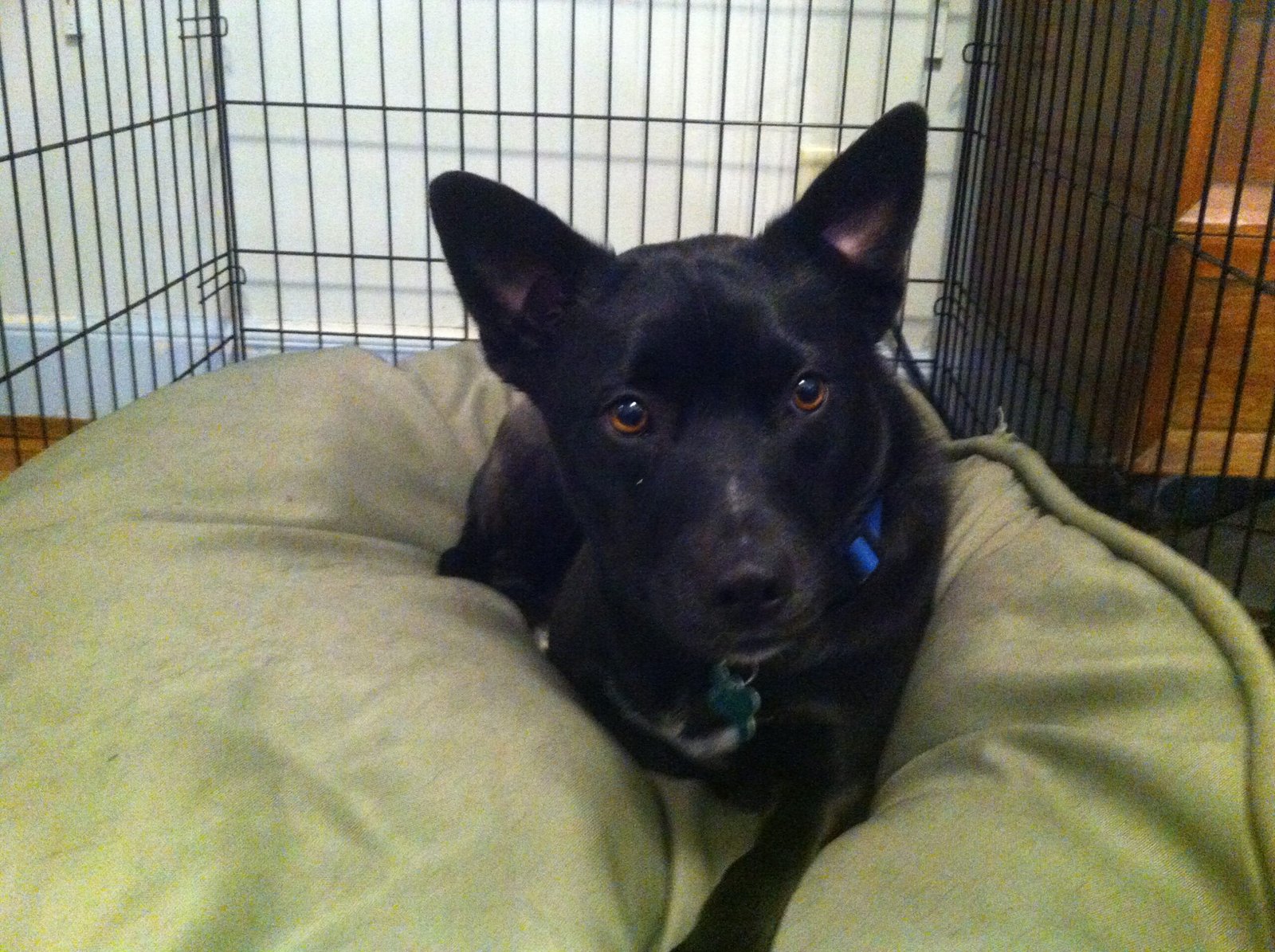
Turning the crate into the happiest spot in the house is a secret weapon against separation anxiety. Start by associating it with good things: tasty treats, belly rubs, and praise. Toss in a treat or a chew toy and let your dog discover the crate on their own. Encourage them to explore without any pressure. You can even feed your dog their meals inside the crate, making it a place of positive memories. The goal is to help your furry friend see the crate as a cozy club, not a place where they get locked away. When the crate is a haven, your dog is less likely to feel anxious when you’re out of sight.
Take It Slow: Gradual Introductions Win
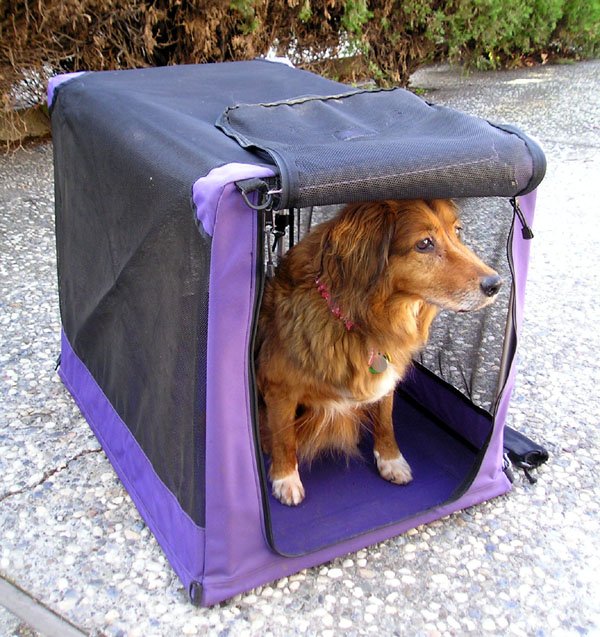
Patience is your best friend here. Rushing crate training can backfire, especially for a dog already battling separation anxiety. Start with short stints—just a few minutes at a time—while you’re still in the room. Gradually extend the time as your dog grows more comfortable. Practice leaving the room for short periods, then coming right back. This builds your dog’s confidence and trust. If your dog seems stressed, take a step back and slow down. Every pup is different, and some need more time than others. Think of crate training as a gentle journey, not a race to the finish.
Establish a Routine for Reassurance
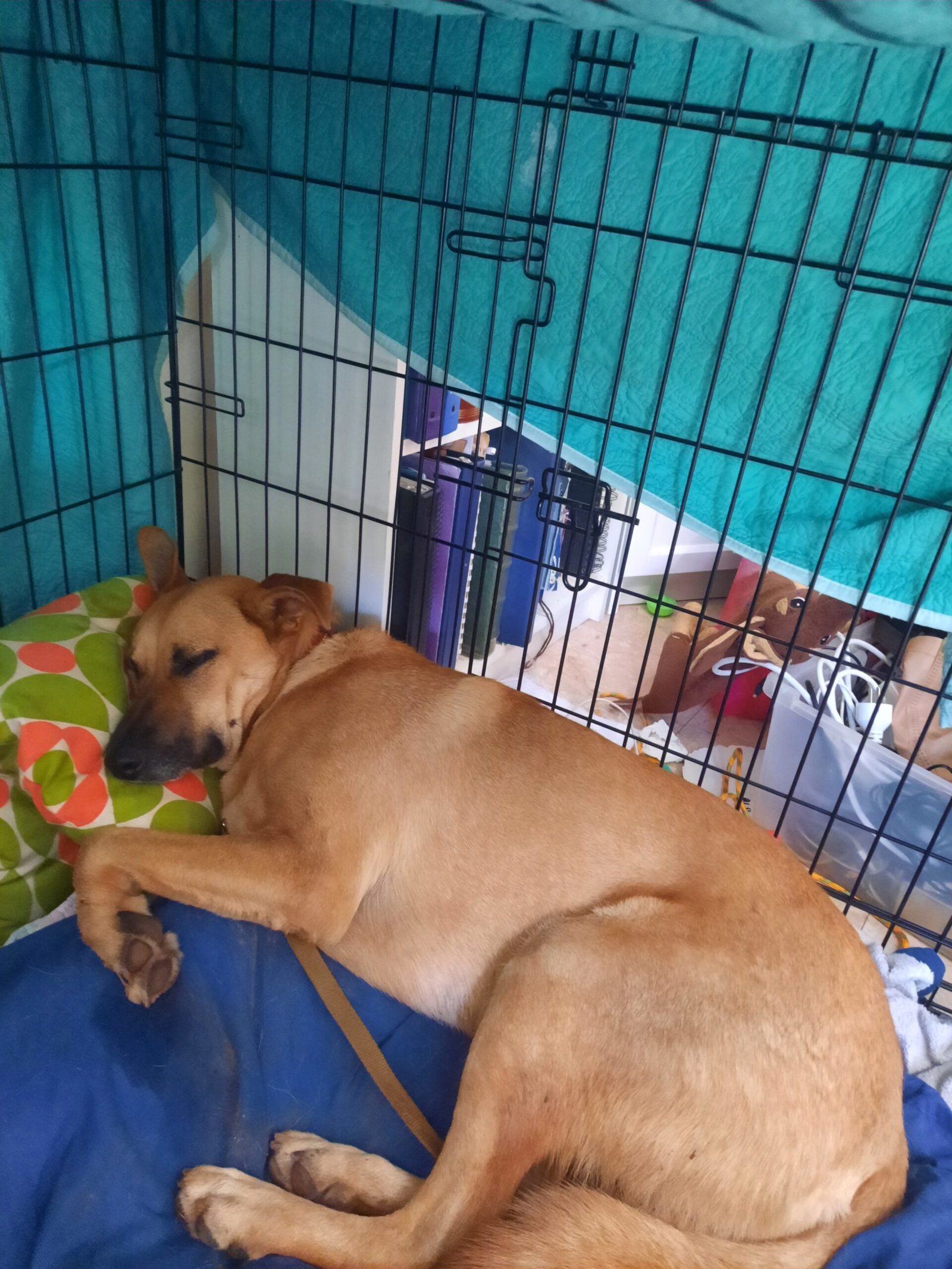
Dogs thrive on routine, especially when they’re feeling anxious. Setting up a consistent schedule for crate time can help your dog know what to expect and when. Try crating your dog at the same times each day—perhaps while you have your morning coffee or during quiet time in the afternoon. Consistency builds trust and makes the crate feel like a normal part of life, not a signal that you’re about to disappear. Over time, your dog will begin to relax, knowing that crate time isn’t a bad omen but just another part of their day.
Use Calming Aids and Comfort Items
Sometimes a little extra comfort can make all the difference. Leaving an item with your scent, like a worn T-shirt, can help soothe your dog when you’re not around. There are also calming sprays, pheromone diffusers, and soft blankets designed to help anxious pups feel more at ease in their crates. Some dogs like gentle background noise, such as a radio or white noise machine, to mask the sounds of an empty house. These small touches can help turn the crate into a peaceful, relaxing retreat where your dog feels safe and loved.
Practice Calm Exits and Returns
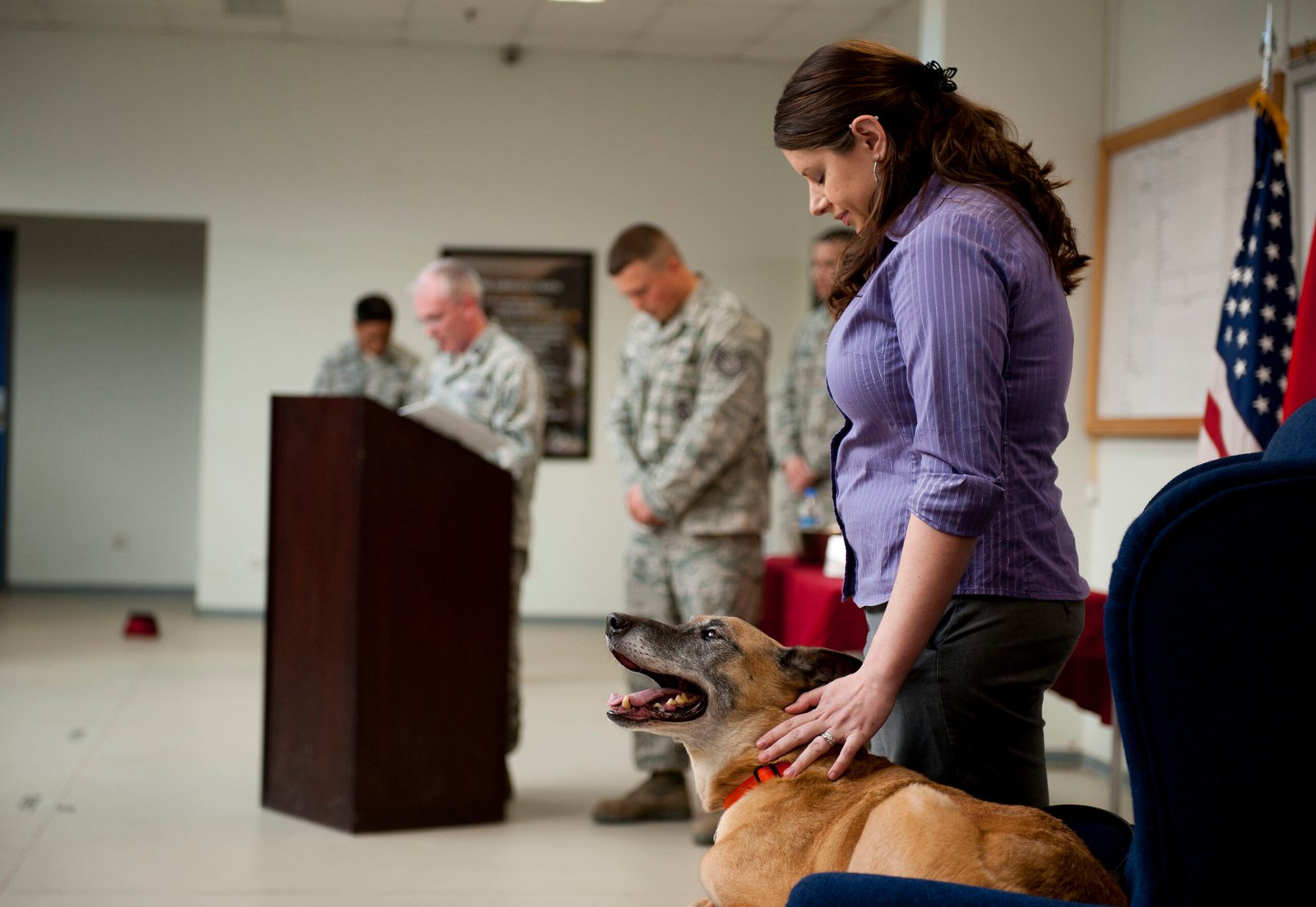
If you make a big fuss every time you leave or return, your dog will quickly pick up on your emotional cues. Try to keep your departures and arrivals as low-key as possible. When you crate your dog and leave, act like it’s no big deal—no drawn-out goodbyes, just a calm exit. When you come back, greet your pup only after they’ve settled down, reinforcing that crate time isn’t something to get worked up about. This helps your dog stay calm and learn that your comings and goings are just a normal part of life.
Celebrate Progress and Be Patient With Setbacks
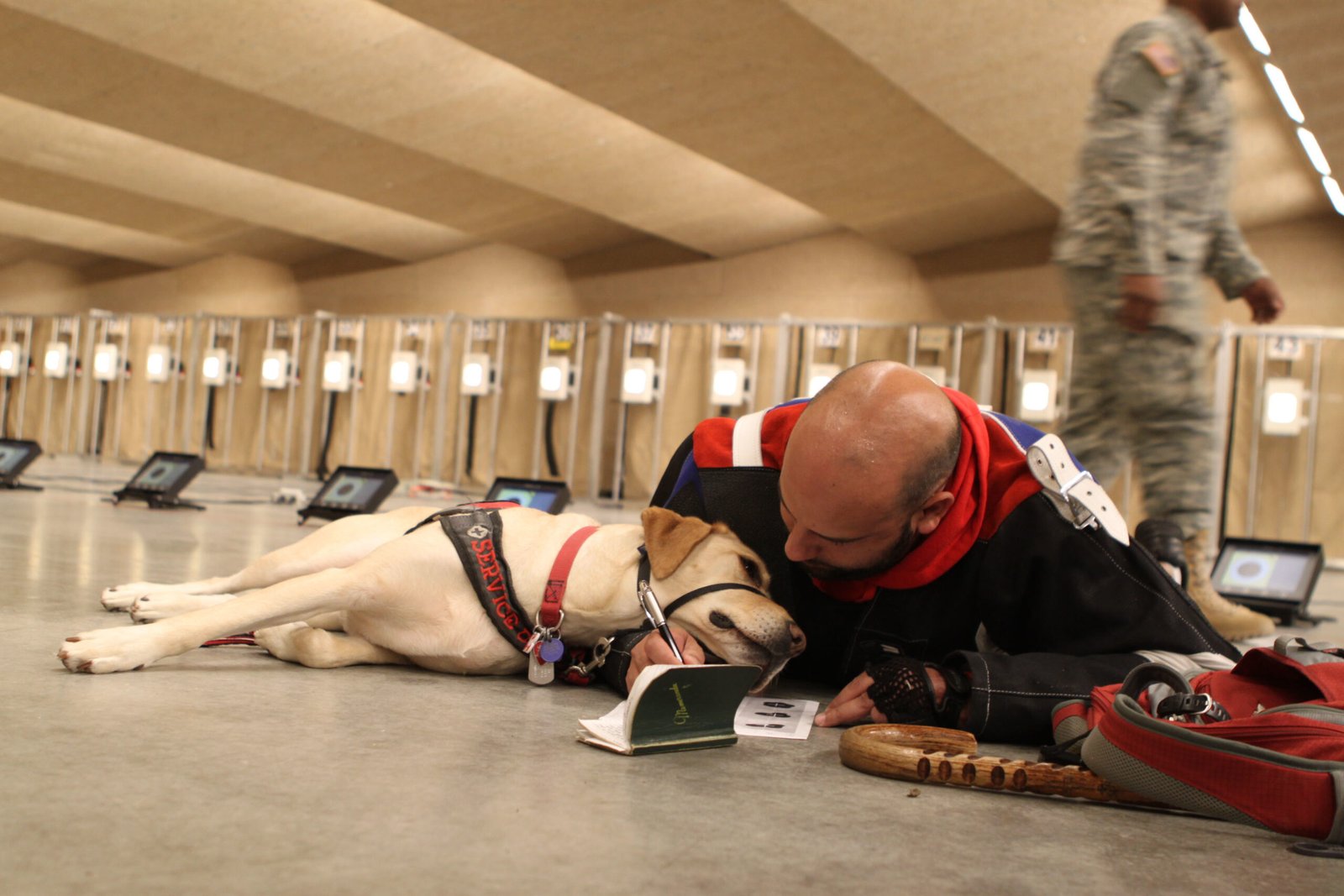
Every step forward is worth celebrating, even the small ones. If your dog spends five calm minutes in the crate, that’s a victory! Use treats, praise, and extra playtime to reinforce positive behavior. But remember, setbacks can happen—maybe a thunderstorm or a noisy delivery truck shakes your dog’s confidence. That’s okay. Be patient and keep things positive. Building trust takes time, especially for dogs with separation anxiety. Your encouragement and understanding will help your dog learn that they’re never truly alone, even when you’re apart.

Esther is from India; the heartbeat of South Asia, holding a Master’s degree in Zoology and a postgraduate diploma in Animal Welfare. Her enthusiasm for animal welfare drives her passion and dedication to working for animals, ensuring their well-being, and advocating for their rights. With a solid academic background and hands-on experience, she is committed to making a positive impact in the field of animal welfare. In her free time, she enjoys embroidery and sewing. As a Chennaite from Tamil Nadu, Esther loves Bharathanatyam, an Indian classical dance form.






